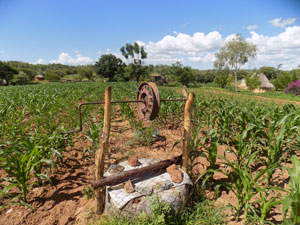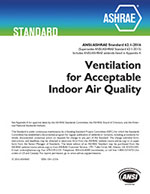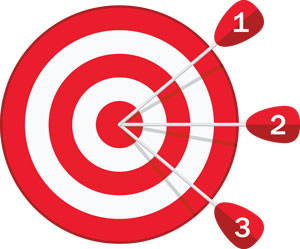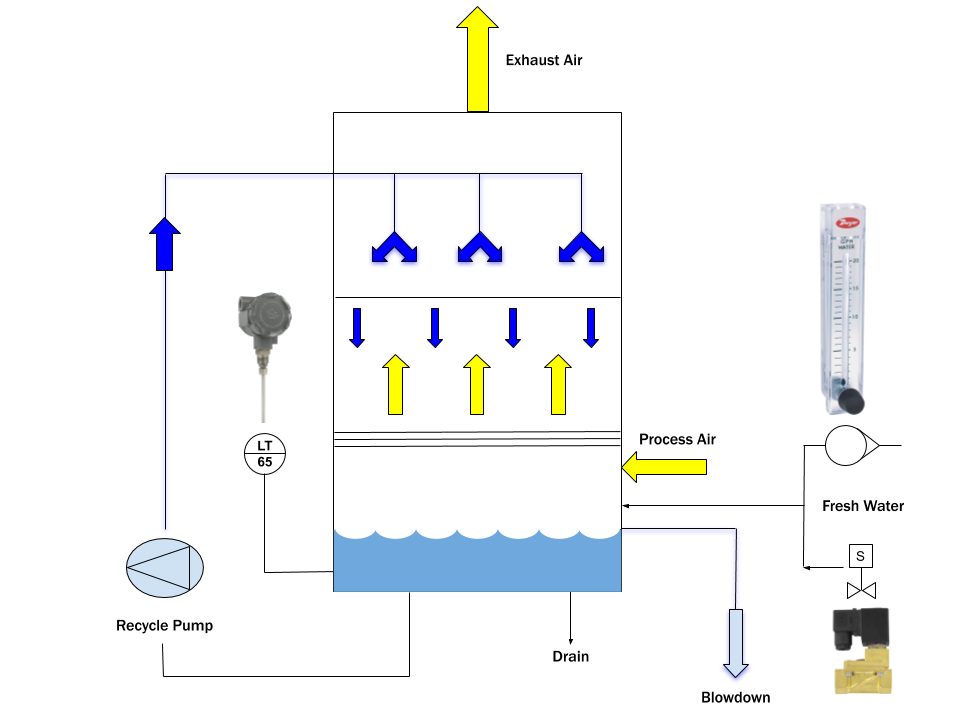 The monitoring of water levels in boreholes in a particular region is important for a water extraction company, as it allows the water extraction to be controlled across the area to keep the water table at a consistent level throughout. However, the widespread and remote nature of these boreholes means that the communication of these water levels can be difficult and costly. Continue reading “Remote Monitoring of Borehole Water Levels”
The monitoring of water levels in boreholes in a particular region is important for a water extraction company, as it allows the water extraction to be controlled across the area to keep the water table at a consistent level throughout. However, the widespread and remote nature of these boreholes means that the communication of these water levels can be difficult and costly. Continue reading “Remote Monitoring of Borehole Water Levels”
How is Stability Related to ASHRAE 62.1 Standards?
 ASHRAE 62.1 Standard for Ventilation for Acceptable Indoor Air Quality provides recommendations for minimum ventilation rates and other parameters to ensure good indoor air quality (IAQ). Keeping the IAQ at a safe level will help to minimize any adverse health effects caused by air quality factors.
ASHRAE 62.1 Standard for Ventilation for Acceptable Indoor Air Quality provides recommendations for minimum ventilation rates and other parameters to ensure good indoor air quality (IAQ). Keeping the IAQ at a safe level will help to minimize any adverse health effects caused by air quality factors.
The 62.1 standard is intended for both new building and building addition projects. It can also be used as a guide for the improvement of IAQ in existing buildings.
In order to properly conform to the ASHRAE 62.1 standard, it is necessary for sensors to be both stable and accurate. Continue reading “How is Stability Related to ASHRAE 62.1 Standards?”
What is Stability and Why is it Important?
 Stability is defined as a change (or lack of change) in accuracy over a period of time.
Stability is defined as a change (or lack of change) in accuracy over a period of time.
Drift is commonly used as a specification to illustrate the stability, or change in accuracy over a period of time, commonly shown as X%/year where X = a number; i.e. 0.25%/year. In this scenario, a device with a ±1% accuracy, would be expected to have an accuracy of ±1.25% (1%+0.25%) after a period of one year. Depending on the design, brand, and range of the sensing instrument, the stability can vary widely. Continue reading “What is Stability and Why is it Important?”
Lift Station Level Sensing
Are you having problems with your current lift station level controls? Dwyer Instruments may just have the cost effective solution you need. In this article we will review several level sensing strategies, the advantages and disadvantages of each, as well as an option you may want to consider for your next project.
Lift Station Basics
 In an ideal gravity fed wastewater collection system, sewage would flow downhill from its point of origin in residential or commercial areas to its final treatment plant destination. Due to a number of factors including total distance, topography, geology, economics, etc., the ideal piping design is not always feasible. Therefore, in most cases, sewage flows downhill to a lift station where it collects and then is pumped to a higher elevation in order to begin its downhill journey again. Continue reading “Lift Station Level Sensing”
In an ideal gravity fed wastewater collection system, sewage would flow downhill from its point of origin in residential or commercial areas to its final treatment plant destination. Due to a number of factors including total distance, topography, geology, economics, etc., the ideal piping design is not always feasible. Therefore, in most cases, sewage flows downhill to a lift station where it collects and then is pumped to a higher elevation in order to begin its downhill journey again. Continue reading “Lift Station Level Sensing”
Sump Level Make-Up Water Controls in Wet Chemical Scrubbers
Maintaining efficiency in wet chemical scrubbers has become one of the most important missions of current APC facilities due to urban growth and plant expansion/modernization projects as good stewards of the community. Systems often run above the 90% efficiency mark with the help of accurate make-up water control instruments. Continue reading “Sump Level Make-Up Water Controls in Wet Chemical Scrubbers”


